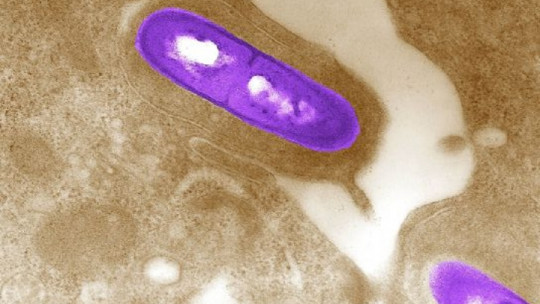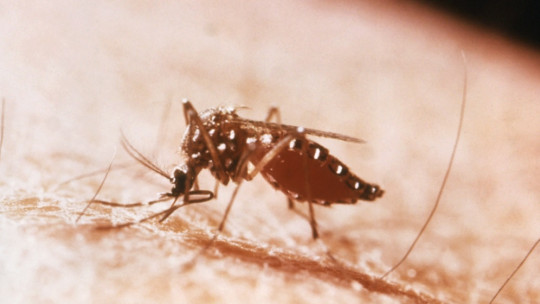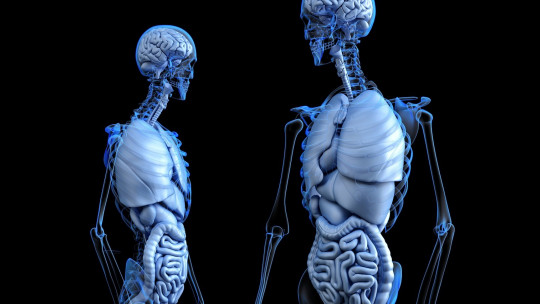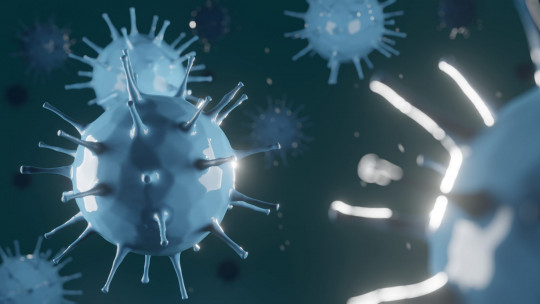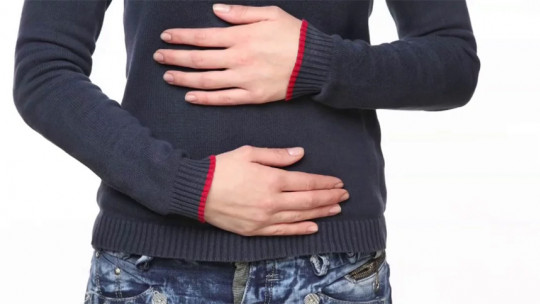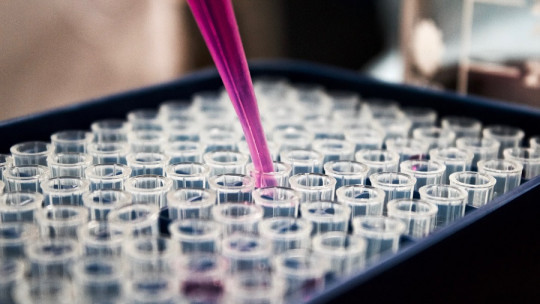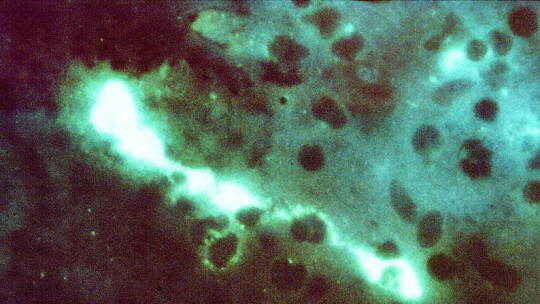Nowadays we have a large number of options and possibilities when it comes to eating, with a great diversity of cuisines and products within our reach.
However, not every product is suitable for consumption: some foods can become contaminated with different bacteria and become toxic, to the point of generating serious diseases that even have fatal potential.
This fact can trigger severe diseases in subjects or even generate outbreaks and pandemics, such as the listeriosis outbreak that was detected in August 2019 in Spain. Although it is not common, this disease can be dangerous and has caused different problems and even death.
But… What is listeriosis disease? Why does it occur? How is it treated? Let’s see it throughout this article.
What is listeriosis?
It is called listeriosis a rare disease caused by a bacterial infection specifically by those of the “Listeria” genus.
It is a disease with symptoms that can be diverse in terms of type of symptoms and severity.
It is especially dangerous in the case of pregnancy, and can cause premature births or even abortions and fetal infections (which in some cases can endanger not only the fetus but also the mother).
Symptoms
As a general rule, a mild form is usually found that usually causes gastrointestinal discomfort, headaches, diarrhea and high fevers and it is common for there to be no symptoms.
However, when we talk about severe and invasive listeriosis, in addition to the previous symptomatic picture, it can lead to the appearance of complications such as septicemia, endocarditis, encephalitis and/or meningitis and pneumonia, often the result of bacteremia (transmission of bacteria into the blood through from an infected area), which have close to 30% mortality.
There are also sometimes skin or eye involvement, and abscesses, arthritis and osteomyelitis may appear It is also possible to find a condition that affects neonates, who after a few days of life begin to show symptoms of a cold.
Symptoms usually appear during the first week after infection, but can occur from one day after infection to one or two months later.
Causes of this disease
The cause of listeriosis is, as we have mentioned, infection by bacilli of the genus “Listeria”, generally (although there are other variants that can cause the disease) Listeria monocytogenes.
This type of bacteria is frequently found in nature , usually in meat, rotting vegetables, sewage, or even soil. However, as a general rule, the bacteria enters the body orally, after consuming meat or other contaminated food: chicken, pork, beef, vegetables, turkey, milk (unpasteurized) or cheese are some of the foods that can reach the body. to get infected.
It is necessary to take into account that this type of bacteria resists cold or even freezing, so this will not be a valid option. However, Heat does kill bacteria, usually at temperatures above 75 degrees It is a disease that is not spread between humans, with the possible exception of mother-child vertical transmission during pregnancy and/or childbirth, but it could be acquired through consumption and even handling of contaminated food.
Are there risk groups?
Listeriosis is a bacterial disease that can be suffered by everyone, but there are sectors of the population for which this condition is more common and in which it is dangerous, being those where more deaths are recorded.
In this sense the elderly and children are at great risk , as well as pregnant women (recording almost a third of the cases). It is also an especially dangerous disease for those who suffer from immunosuppression or other chronic diseases.
People with HIV and few defenses can be at risk , as well as those with conditions such as blood or endocrine disorders. Diabetics, people with liver or kidney problems, organ transplants or even subjects undergoing radio and chemotherapy are also a population at risk.
Applied treatments
listeriosis It is a disease that can have severe repercussions and even cause death Furthermore, it is so rare that there are no specialized treatments, but fortunately despite all this it can be treated.
In some cases, and especially in mild cases, the infection ends up disappearing on its own, but treatment is generally required. Since this is a bacterial infection, The treatment to be used is the use of antibiotics These include amoxicillin, ampicillin or penicillin, or a combination of trimethoprim and sulfamethoxazole.
In the event of complications or if the disease is widespread, it will be necessary to differentially treat each of the problems generated by it, as well as monitor the condition of the subject. The application of psychological therapy may be required, especially when experiencing such painful processes as the death of a family member or an abortion.
Another relevant factor is prevention: it is advisable consume foods well cooked at high temperatures, as well as pasteurize milk and avoid raw elements Carrying out psychoeducation in this sense can be useful, in order to learn both oneself and one’s environment about the process one is experiencing and how it can affect us.

